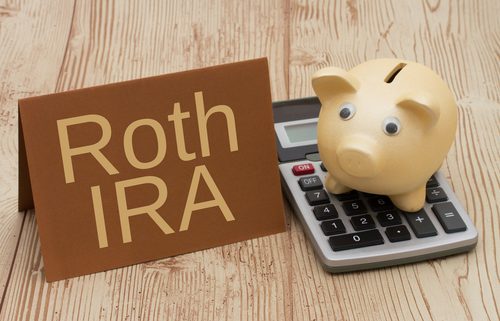What Happens with a Self-Directed Roth IRA When You Are Older?
For people thinking about retirement, one of the top questions is how to get started. But with some Self-Directed IRA accounts, the question shifts tremendously when you reach a certain age. That’s especially true with a Self-Directed Roth IRA, one of the few after-tax retirement accounts. Because you can invest after-tax money into a Self-Directed Roth IRA, you do not have to pay taxes on the back end as long as you do everything the right way. That money is considered already taxed. But what does this look like when you reach retirement age, and what should you prepare for? Here’s what you will need to know.
How a Self-Directed Roth IRA Works
To make sense of what happens later in life, let us first look at the structure of a Roth IRA. Here are some of the basic facts you will need to know:
- You can create tax-free retirement withdrawals if you meet the conditions. What are these conditions? You will need a minimum account age of five years, to start with. For many people who start Self-Directed Roth IRAs early in life to save for the long haul, this is not a hard condition to meet.
- You have to be retirement age to take distributions. A Roth IRA lets you take out contributions with minimal impact. But if you want full distributions, including the amount of growth you have had in the account, you will have to have reached the retirement age of 59 ½ or older.
When you contribute to a Roth IRA, you use money that is already taxed—in other words, you do not get to deduct the money of your contributions from your taxable income for that year. This might sound problematic, but the result is that it can be great to have a Roth IRA in retirement. After all, if you find yourself with enough wealth in retirement that you are in a whole new tax bracket, having distributions from a Roth IRA will save you much more money than you might have ever dreamed. But it does require knowing how it works.
What Happens Within a Self-Directed Roth IRA When You Are Older?
For many people, the Roth IRA is the retirement equivalent of the old adage that it’s a good idea to sacrifice now so you can enjoy yourself later. By paying taxes on the money now, you open opportunities for later. But what does “later” look like exactly? Let’s take a closer look.
- Age 59 ½: Retirement age. You’ve gotten to the point where you can begin taking distributions from your account. However, this age is relatively low for many people who might still plan on working, so it’s not a requirement that you begin taking distributions on a Roth IRA at this point.
- Any age after retirement: One of the great “secrets” of a Roth IRA—which isn’t really a secret—is that because the money you are putting in is already taxed, you’re allowed to keep on contributing to the Roth IRA if you want. That’s one reason why Roth IRAs can be a great “catch-up” account. If you are 72 and still working, you can still use that Roth IRA for investing. You are not legally required to take money out; after all, the taxes on that money have already been paid.
What’s the result of knowing this? You will begin to see what’s possible with a Self-Directed Roth IRA, especially if you are the type to plan for retirement even when it’s years away. Interested in learning more about Self-Directed IRAs? Contact American IRA, LLC at 866-7500-IRA (472) for a free consultation. Download our free guides or visit us online at www.AmericanIRA.com.









